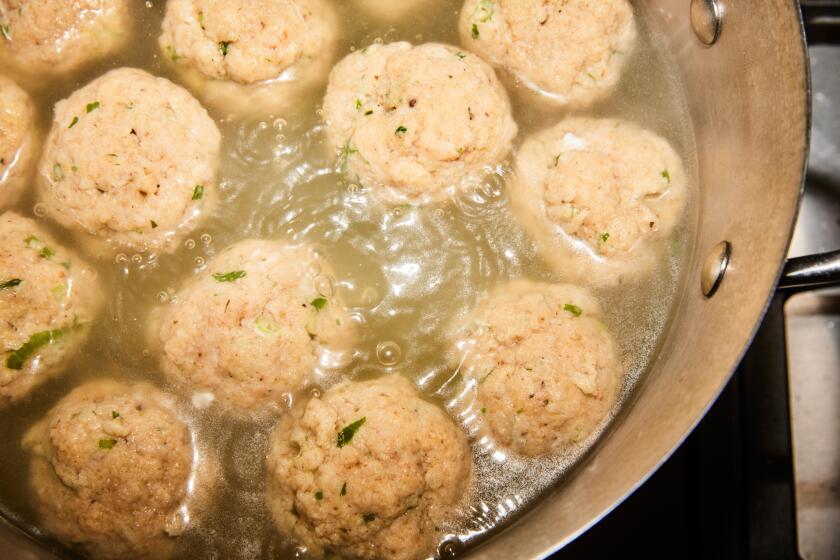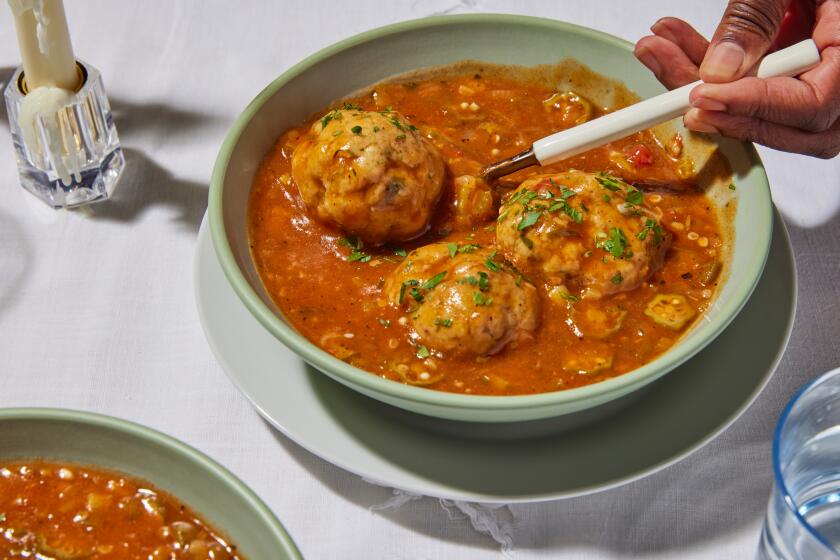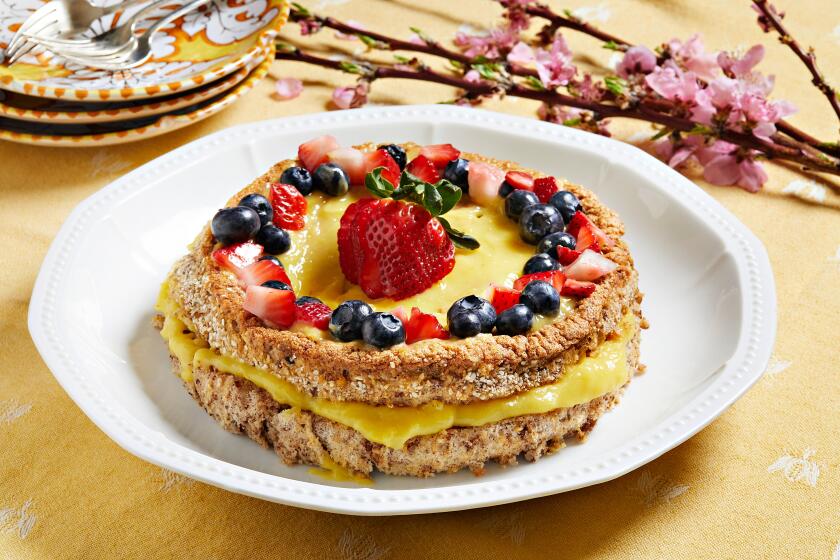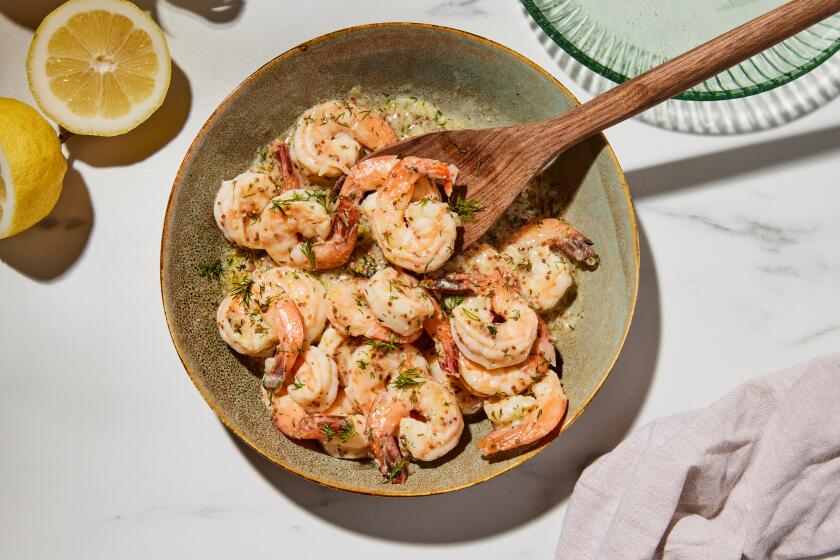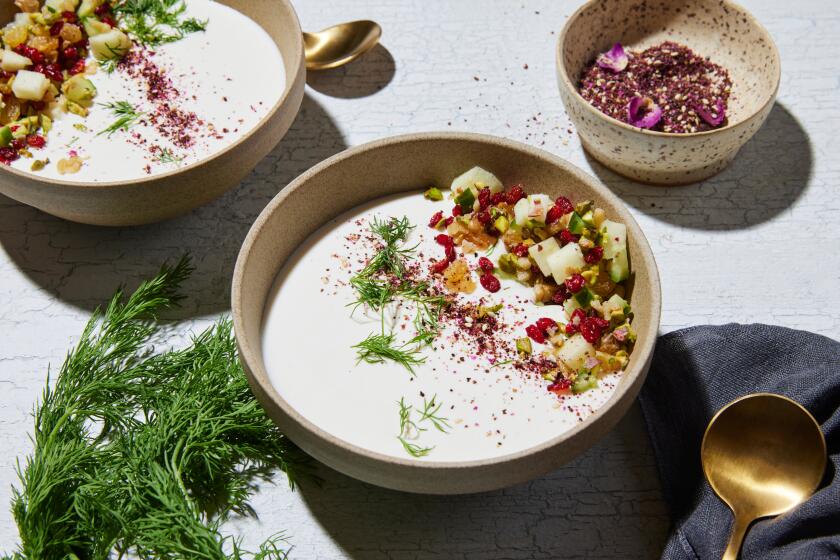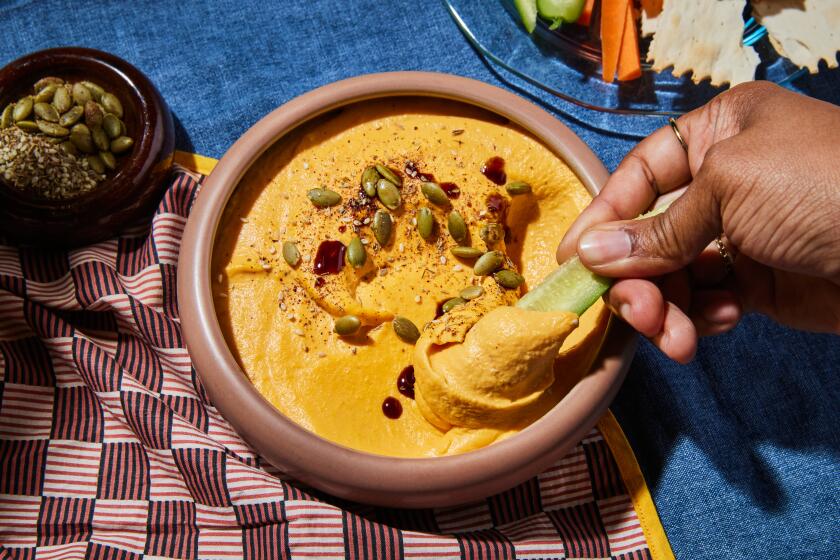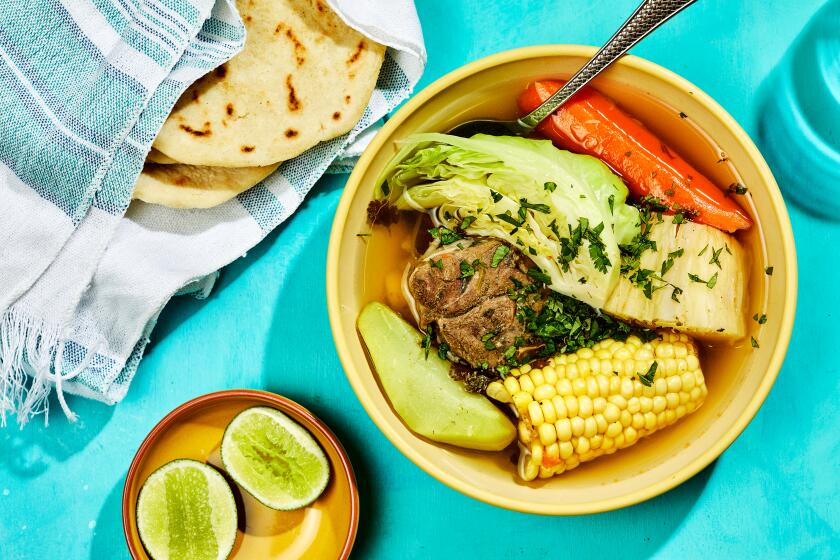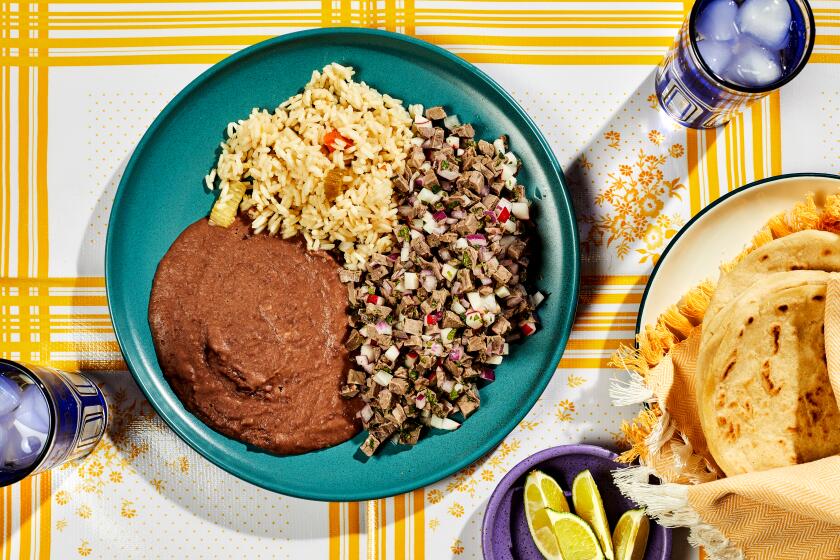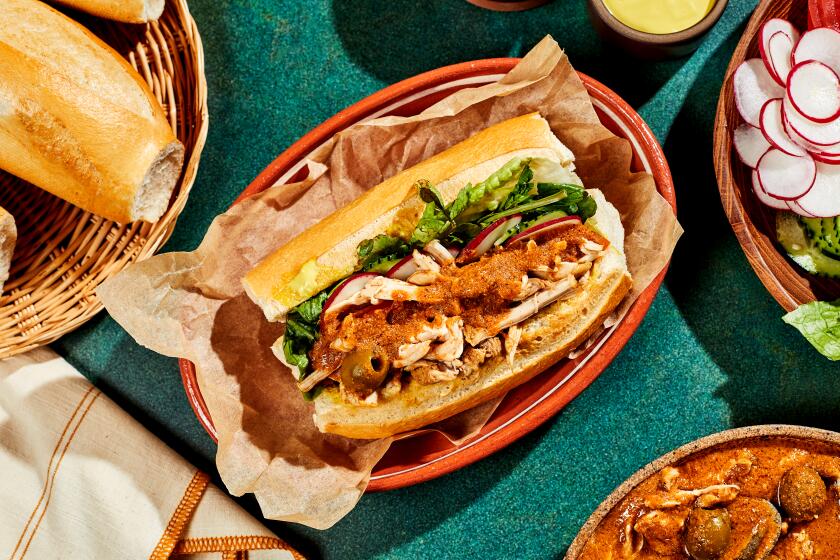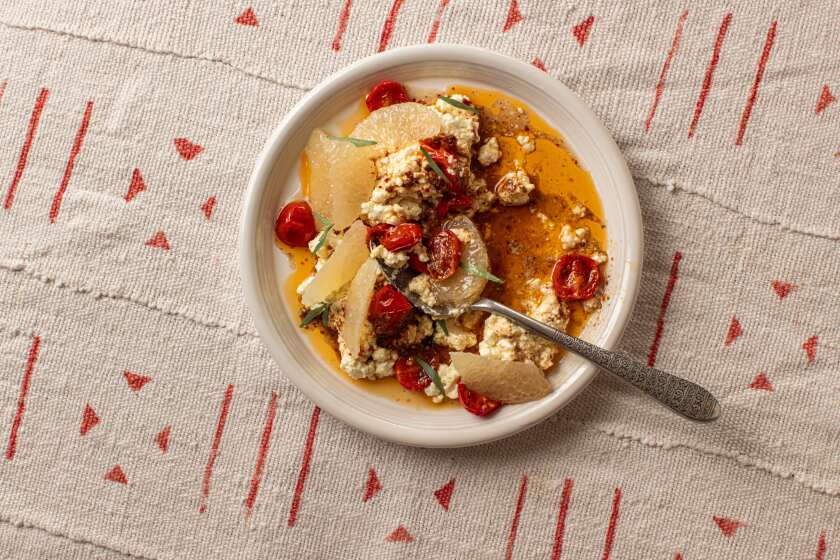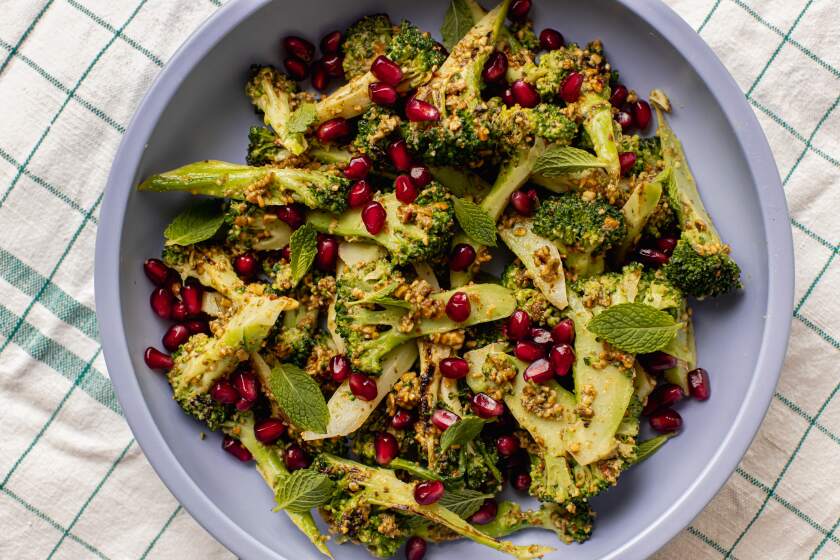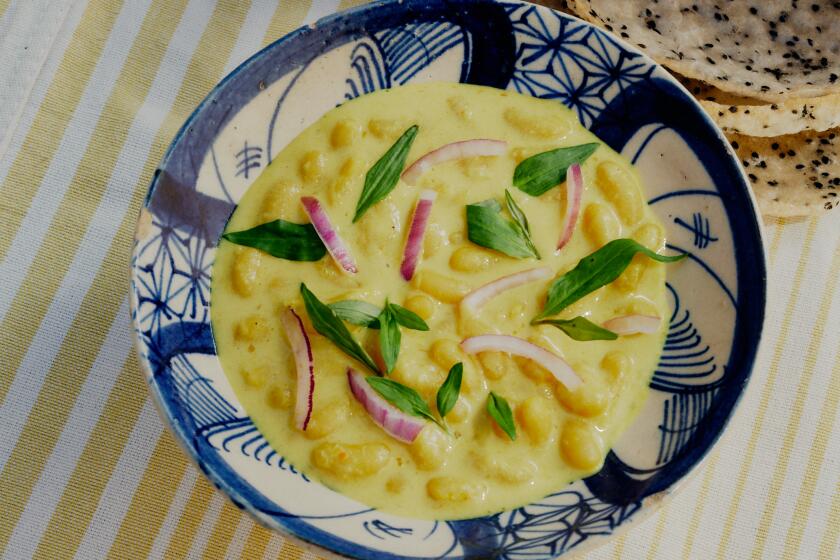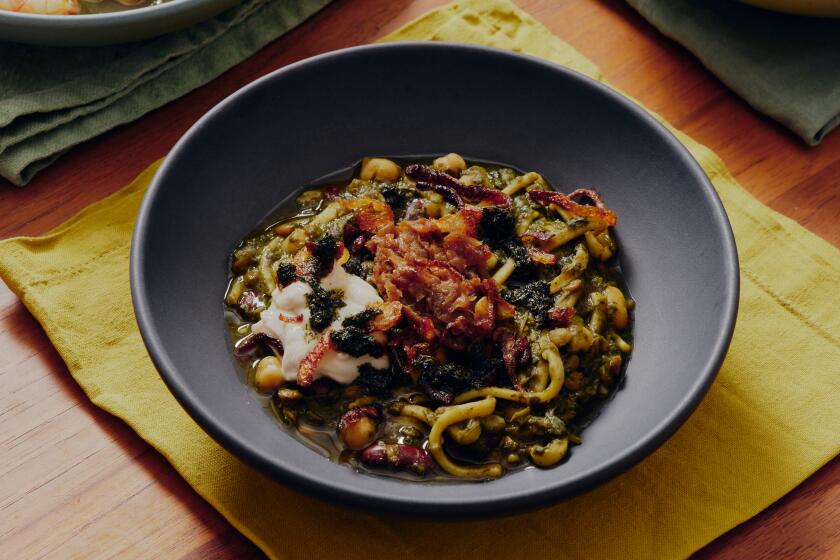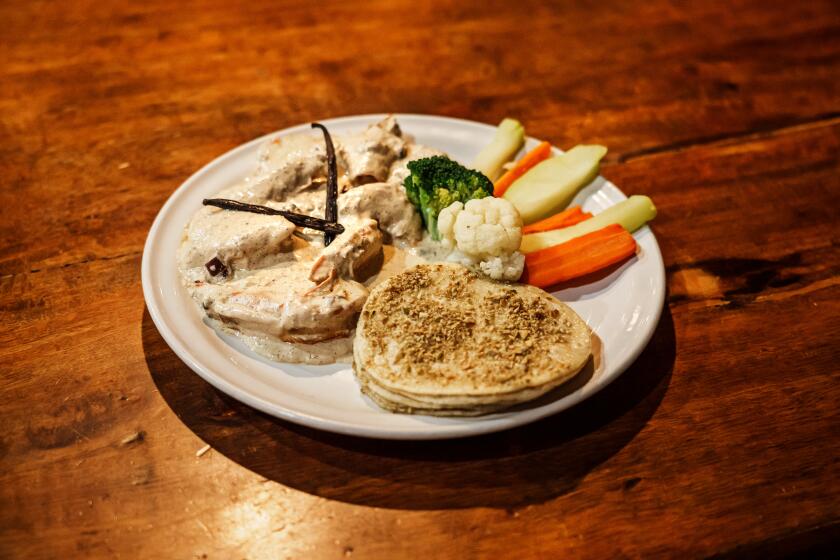Beet green, roasted beets and goat cheese quesadillas
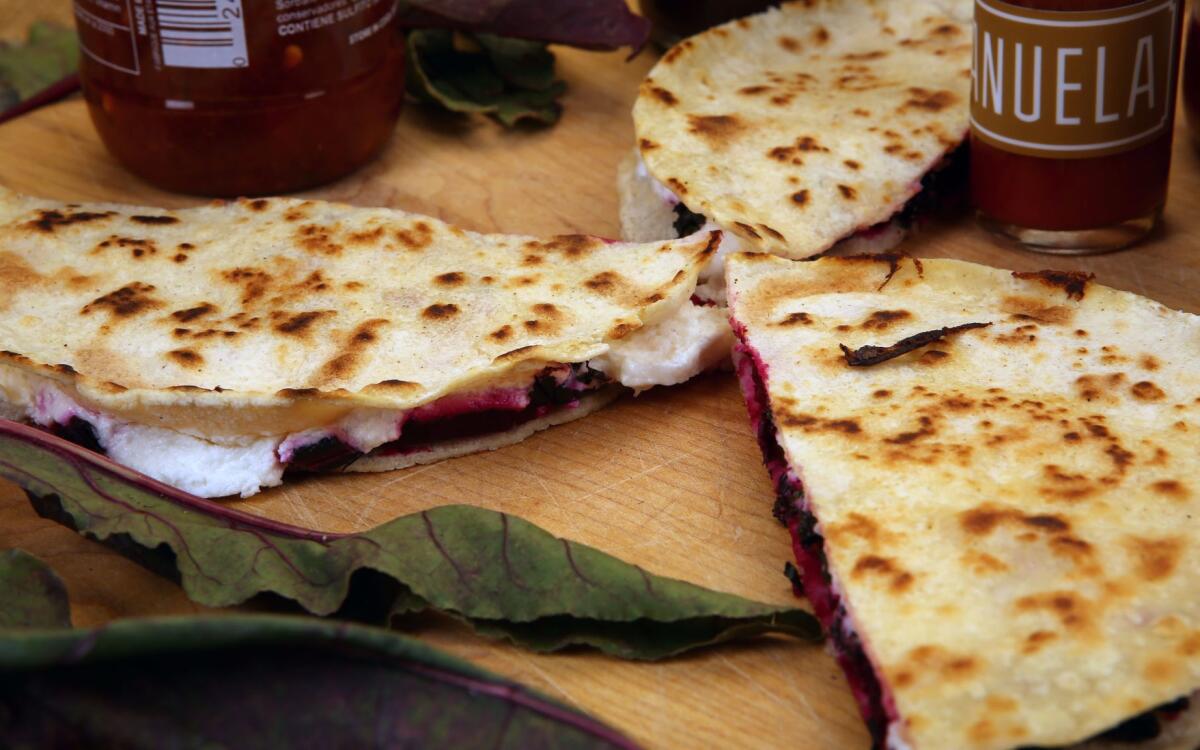
The green tops of various vegetables have found their way into mainstream kitchens and restaurant menus, often brought by chefs who want to draw attention to the issue of food waste or who apply nose-to-tail principles to plants. Combining the greens with the vegetables attached to them is happily symmetrical. So, load goat cheese quesadillas with both roasted beets and sauteed beet greens.
From the story: Vegetable tops don’t have to go in the trash. Here’s how to use them.
Heat oven to 400 degrees. Remove the greens from the beets, coarsely chop the greens and reserve.
Place the beets on a double layer of foil and drizzle over 3 tablespoons oil. Sprinkle over ¼ teaspoon salt and add the rosemary. Seal the foil around the beets, making a pouch, place on a baking sheet and bake until the beets are tender, about an hour (a knife should pierce the beets easily). Set aside until cool enough to handle, then peel and thinly slice.
In a skillet heated over medium-high heat until hot, add 2 tablespoons oil. Stir in the garlic, cooking for a minute or so until it begins to color, then add the chopped greens. Cook, stirring frequently, until the greens are wilted and the stems are tender, 10 to 15 minutes. Remove from heat and set aside.
Heat a cast iron skillet or griddle over medium-high heat until hot and coat with a thin layer of olive oil. Place a couple tortillas in the pan and top with goat cheese, beet greens and sliced beets. Top with tortillas, flattening each to spread the filling evenly.
Cook the quesadillas until the cheese is melted and the tortillas are golden, carefully flipping to cook the filling and tortillas evenly. Repeat with the remaining tortillas and filling. Halve the quesadillas and serve while warm, with hot sauce on the side.
Get our Cooking newsletter.
Your roundup of inspiring recipes and kitchen tricks.
You may occasionally receive promotional content from the Los Angeles Times.


